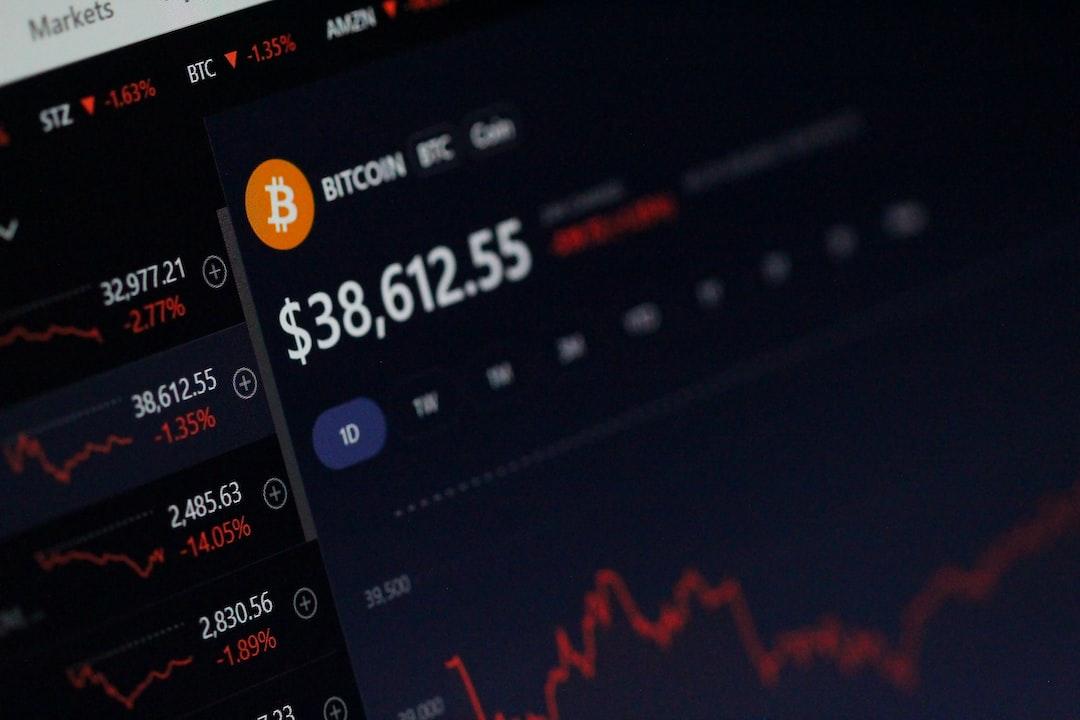Italy is preparing to increase its monitoring of the crypto markets to comply with the European Union’s Markets in Crypto-Assets (MiCA) regulatory framework.
The new regulations aim to enhance supervision over digital asset markets in order to prevent and penalize insider trading and market manipulation schemes.
The decree outlines fines that range from 5,000 to 5 million euros ($5,400–$5.4 million) depending on the severity and scale of the regulatory violations.
The Impact of the MiCA Regulatory Framework
Initially adopted in 2022, the European Union’s MiCA regulatory framework is presenting challenges for blockchain companies, while decentralized finance (DeFi) protocols are facing the tough decision of either fully decentralizing their networks or adhering to the Anti-Money Laundering and Know Your Customer regulations outlined in the framework.

The first part of the European Union’s MiCA regulatory framework. Source: European Union
Fully decentralized networks are not subject to MiCA’s reporting requirements. However, due to the involvement of foundations and other intermediaries that help govern decentralized communities, these protocols risk violating MiCA’s definition of a sufficiently decentralized network.
This means that these DeFi protocols must either achieve full decentralization or accept a scenario where users are required to provide verification data – a difficult proposition for many network participants.
Related:
MiCA regulation takes shape under EBA’s newest guidelines
Centralized exchange Binance recently notified its European clients that it was transitioning to a model that categorizes stablecoins as either authorized or unauthorized, in accordance with the MiCA framework, and gradually introducing the new system to users over time.
Richard Teng, CEO of the exchange giant, also mentioned that Binance is not removing these stablecoins from spot markets, but only limiting access to European users for specific products.
Uphold also made adjustments to comply with the EU’s regulatory overhaul and announced the removal of six stablecoins, including Tether (USDT), Frax Protocol (FRAX), Pax Dollar (USDP), Dai (DAI), TrueUSD (TUSD), and Gemini Dollar (GUSD).
Stablecoins: A Solution for Fiat Currencies?
Despite increasing regulatory pressure in Europe, many experts believe that stablecoins have a promising future and could potentially help prevent debt crises caused by overprinted fiat currencies. Former United States House of Representatives Speaker Paul Ryan recently argued that stablecoins could mitigate shortcomings in the U.S. economy stemming from the debt-laden U.S. dollar.
Jeremy Allaire, CEO of stablecoin issuer Circle, also expressed confidence in the future of stablecoins, stating his belief that stablecoins will constitute 10% of the money supply in the next decade.
Magazine:
Are DAOs overhyped and unworkable? Lessons from the front lines.
Trending
- KiloEx Exchange Exploiter Restores All Stolen Funds Following $7.5 Million Hack
- Hashkey Targets XRP ETF in Asia with New Fund Supported by Ripple
- Sygnum Predicts Potential Altcoin Rally in Q2 2025 Due to Enhanced Regulations
- Media Tycoon Files Counterclaim Against Justin Sun in $78 Million Sculpture Dispute
- Yemenis are embracing DeFi in response to US sanctions on the Houthi group
- Saylor and ETF Investors’ ‘Stronger Hands’ Contribute to Bitcoin Stabilization — Analyst
- Bitcoin Dip Buyers Show Interest at BTC Range Lows, Yet Remain Risk-Averse Until $90K Establishes Support
- Kyrgyzstan’s President Enacts CBDC Legislation Granting Legal Status to ‘Digital Som’

